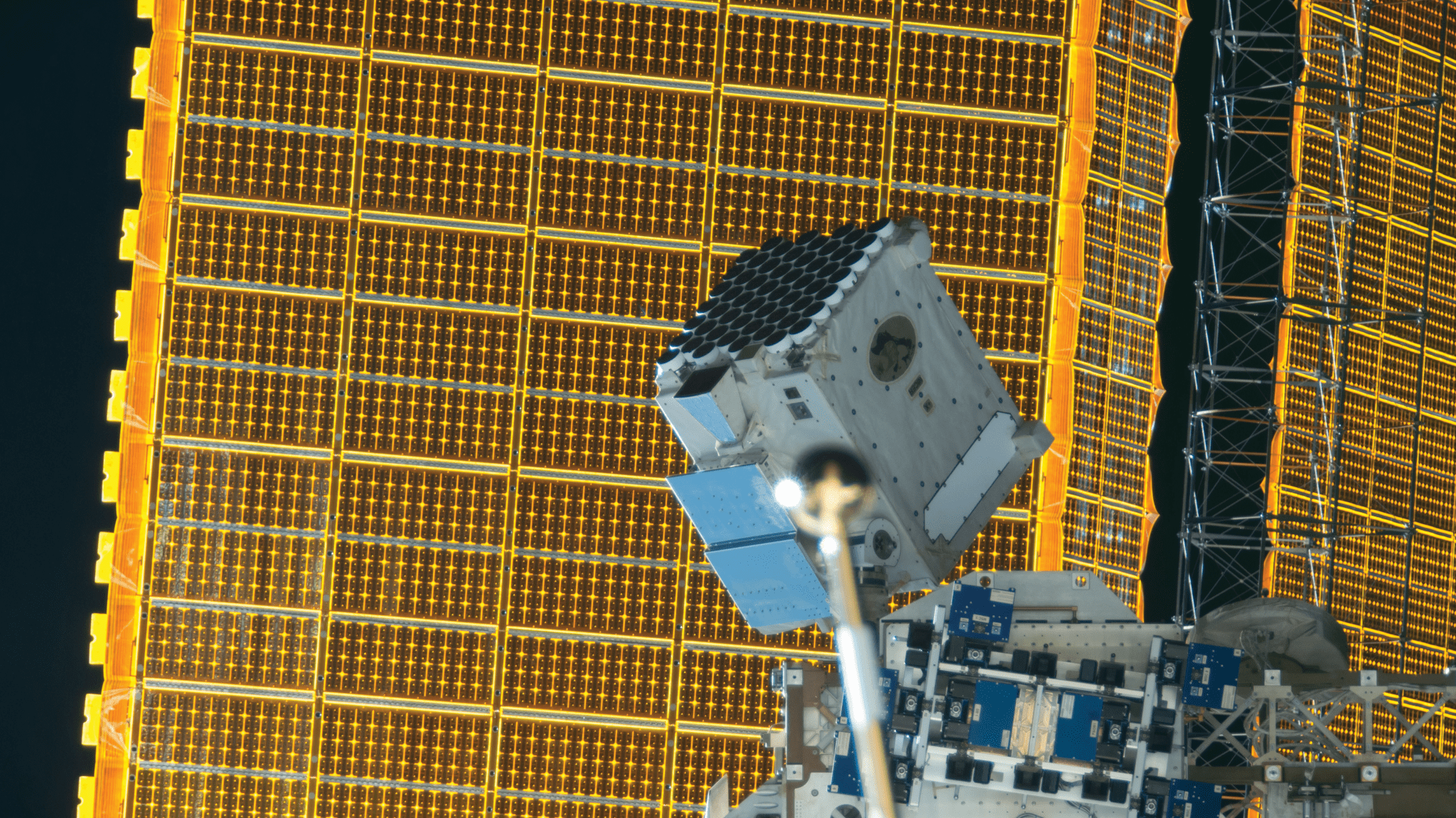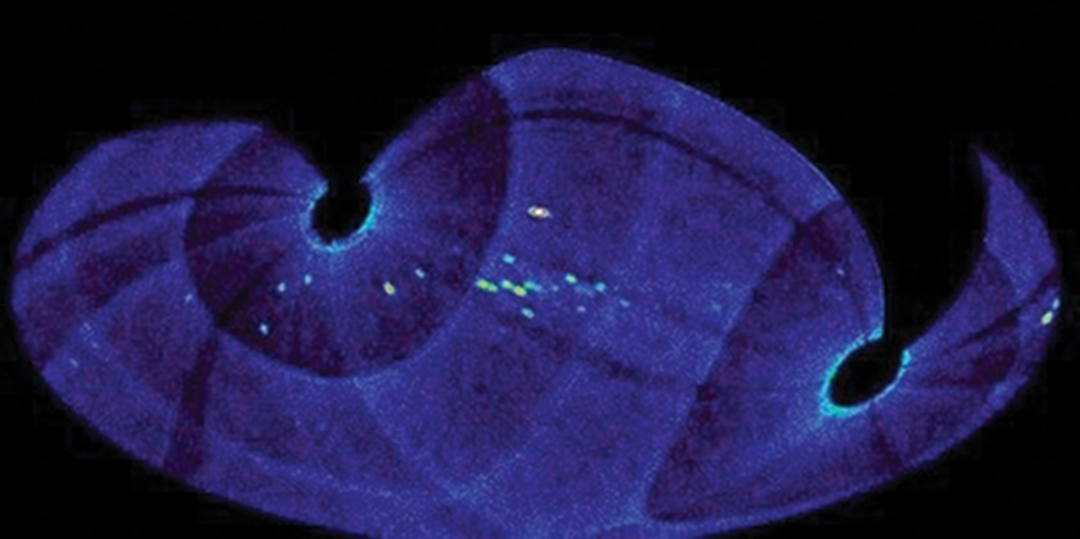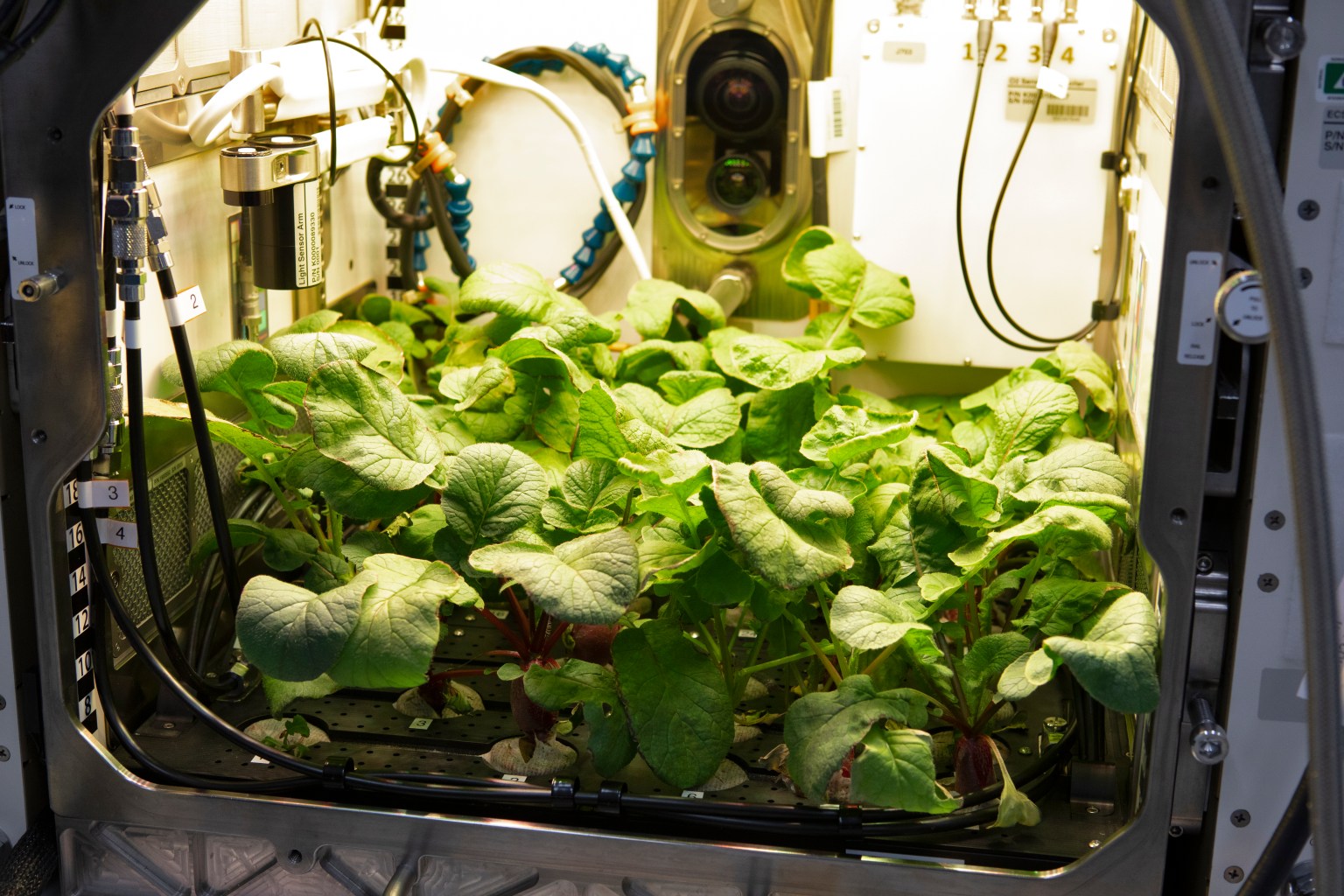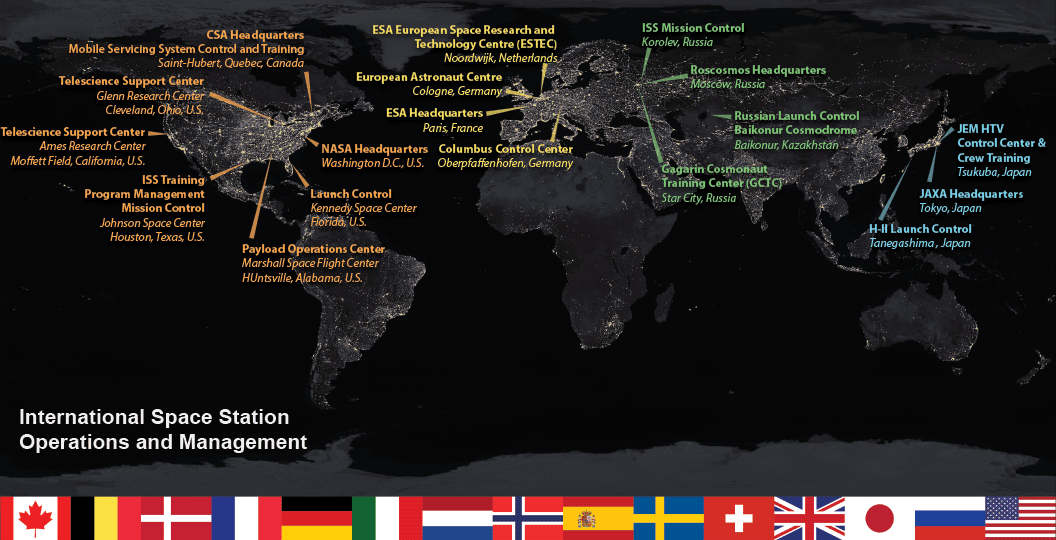An international collaboration between NASA’s NICER and the Japan Aerospace Exploration Agency’s (JAXA’s) International Space Station experiment MAXI has jump-started the discovery of unpredictable cosmic events that reveal the workings of our dynamic universe. MAXI has scanned the skies for X-ray sources from the vantage point of the space station since 2009, alerting other observatories so they can capture additional data about these sources.
“The space station is in contact with a ground station about 70% of the time. We can get data from MAXI about 10 seconds after it detects something. Prompt analysis on ground computers makes it possible to issue an alert to observatories all over the world through the internet,” said MAXI co-investigator Tatehiro Mihara.
The NICER team is one group receiving these alerts. While MAXI scans 95% of the X-ray sky with each orbit of the station, NICER measures a much smaller patch of sky with much higher sensitivity to faint objects. This makes the two instruments a perfect pair.
In one instance, astronomers were unaware of the presence of black hole J1820 until MAXI spotted an outburst on March 11, 2018. Outbursts occur when an instability in the disk causes a flood of gas to move inward toward the black hole, like an avalanche. The causes of disk instabilities are poorly understood. J1820 went from a totally unknown black hole to one of the brightest sources in the X-ray sky over a few days. NICER moved quickly to capture this dramatic transition and followed the fading tail of the eruption over several months.
However, vastly differing time zones between the United States and Japan do complicate this collaboration. The Orbiting High-energy Monitor Alert Network (OHMAN) project is taking on this challenge by automating the relationship between the two payloads.
“NICER and MAXI are both on the space station, so why go through the bother of sending information to the ground at all?” said Keith Gendreau, NICER principal investigator at NASA’s Goddard Space Flight Center in Greenbelt, Maryland. “It should be possible for MAXI to do its automated analysis and determine whether something is worth NICER’s attention. Then NICER can follow up on the X-ray source automatically, cutting the response time from hours or days to minutes.”
A laptop aboard station connected to both instruments serves as the bridge between the two missions. By automating this notification process, NICER and MAXI can work more closely together than ever before, using X-rays to uncover more mysteries of the universe and advance scientific understanding – and hopefully something more.
“When MAXI sees X-rays in real time in the sky and informs humans for the first time, we see a new world where a star suddenly brightens up and black hole binaries twinkle in a millisecond,” Mihara said. “It might just be beautiful to some people, but sometimes it inspires them.”
Credits: NASA’s Goddard Space Flight Center
































